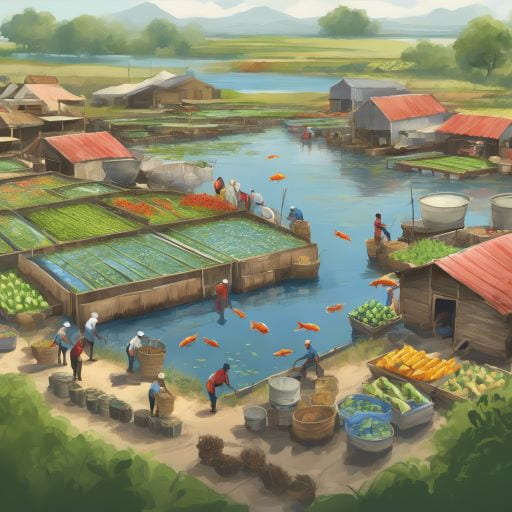Fast Food and Its Relationship with American Culture
The relationship between fast food and American culture is deeply woven, highlighting broader social, economic, and health-related trends. Fast food has transcended being a convenient meal option; it has become a powerful emblem of American values such as efficiency, consumerism, and the relentless pursuit of leisure. The swift expansion of fast-food franchises has dramatically transformed dietary habits, creating a landscape where meals are frequently consumed on the go and where the emphasis on convenience often overshadows the importance of nutritional quality. This exceptional convenience is essential in urban environments, where time is usually a scarce resource many people cannot afford to waste (Schlosser, 2001). The capacity to swiftly obtain a meal while managing a hectic schedule allows consumers to meet their nutritional needs without significantly interrupting their daily routines.
One significant outcome of the fast-food phenomenon in American culture is the widespread normalization of unhealthy eating patterns. The rise of fast-food chains like McDonald’s and Burger King has led to the incorporation of foods rich in calories, sugars, and unhealthy fats into the daily diets of countless Americans. The Centers for Disease Control and Prevention (CDC) notes a substantial increase in obesity rates over recent decades. This trend closely correlates with the rapid growth of the fast food industry (CDC). This alarming trend raises critical questions about public health and the long-term implications for American society, as diets heavily laden with fast food are linked to health issues, including diabetes, cardiovascular diseases, and other chronic health conditions. Moreover, the environmental toll of fast-food production, including high levels of waste and carbon emissions, cannot be overlooked. The rapid production processes often neglect sustainable practices, contributing to ecological degradation (Schlosser).
Fast food serves as both a reflection and a reinforcement of American consumer culture. The marketing tactics employed by fast food chains often target children and families, promoting a lifestyle that prioritizes convenience and instant gratification. This shift has significantly altered family dynamics, where traditional mealtimes have been increasingly replaced by hurried eating experiences, often conducted in front of screens. As sociologist George Ritzer articulates in his work,
*The McDonaldization of Society*, the foundational principles of fast food—efficiency, calculability, predictability, and control—have extended beyond the confines of the restaurant industry, permeating various dimensions of everyday life and profoundly influencing cultural norms and societal expectations (Ritzer)
In addition to its nutritional implications, fast food has ascended to the status of a cultural icon, frequently showcased in films, television programs, and advertisements. Its role in popular culture serves to reinforce its significance in American life, often depicting the fast-paced, consumer-oriented lifestyle that it symbolizes. The notion of “fast food” has evolved beyond mere culinary offerings, coming to represent a broader societal trend toward instant gratification across multiple facets of life, ranging from entertainment to retail experiences.
In conclusion, the complex interplay between fast food and American culture is multifaceted and deeply significant. It impacts dietary choices, reflects consumer values, and shapes cultural practices. As the fast-food industry continues to evolve and adapt to changing consumer preferences, its influence on American society is poised to remain impactful, underscoring the necessity for ongoing scrutiny and dialogue regarding its implications for public health and cultural identity.
Works Cited
Centers for Disease Control and Prevention. “Obesity and Overweight.” CDC, 2023, www.cdc.gov/obesity/data/adult.html.
Ritzer, George. *The McDonaldization of Society*. Pine Forge Press, 2019.
Schlosser, Eric. *Fast Food Nation: The Dark Side of the All-American Meal*. Houghton Mifflin, 2001.



